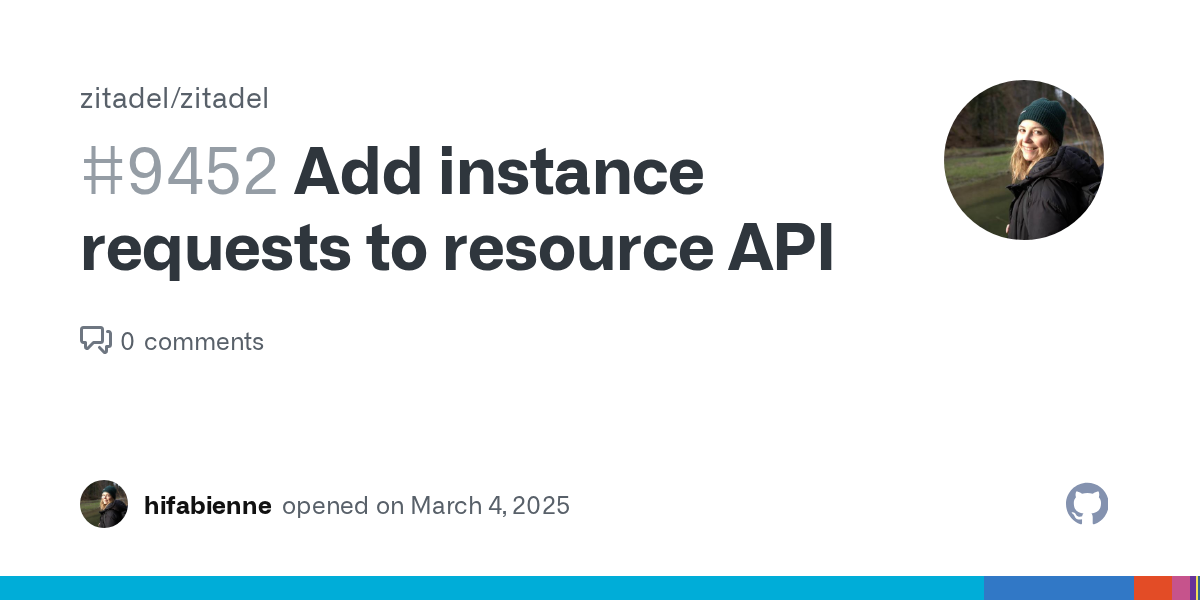Zitadel in Kubernetes and access from within the cluster
Hi! I'm trying to set up Zitadel running in Kubernetes and having trouble with domain-based instance identification. I can access the admin UI and make API calls using the external domain; all good.
Now, I also want to make calls to Zitadel from within the cluster (using the
Trying to access the internal endpoint from within a temporary pod:
...which is fair enough, but how do I fix that?
( also, it says 'https' there, but I'm using http as it's internal comms )
Now, I also want to make calls to Zitadel from within the cluster (using the
...svc.cluster.local Service endpoint) and... I'm stuck.Trying to access the internal endpoint from within a temporary pod:
...which is fair enough, but how do I fix that?
( also, it says 'https' there, but I'm using http as it's internal comms )
- I read all the docs, helm chart specs, config specs, github tickets and tutorials I could find
/ui/console/instance?id=domaindoesn't offer adding new domains- adding extra domains to the Organisation doesn't change anything ( I tried all variants, with and without the port; they go straight into Verified domains as I have verification disabled )
- Helm
zitadel.selfSignedCert.additionalDnsNameseems to be for the cert only













